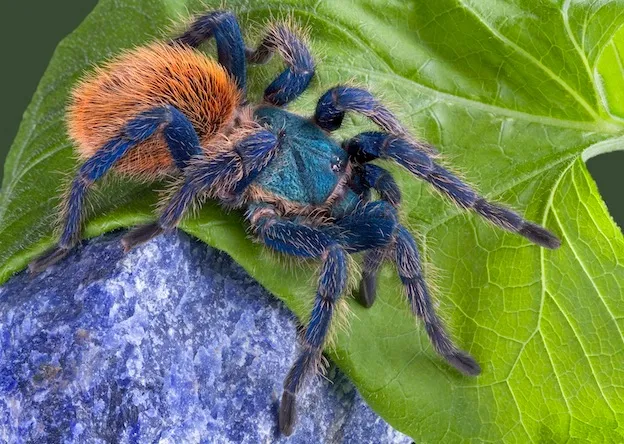Tarantula Facts
Tarantulas, fascinating creatures that often spark curiosity and sometimes, a little bit of fear, are actually quite intriguing pets. Understanding these arachnids is the first step in providing them with the best possible care. This guide will delve into the world of tarantulas, covering everything from their basic biology and habitat needs to feeding, handling, and health considerations. Whether you’re a seasoned arachnid enthusiast or a curious beginner, this article will provide you with valuable insights into the life of these captivating spiders.
Basic Tarantula Biology
Tarantulas belong to the Theraphosidae family, a group of large and often hairy spiders. They are characterized by their size, with some species capable of reaching a leg span of over 10 inches. These spiders have two main body parts the cephalothorax (fused head and thorax) and the abdomen. Their bodies are covered in an exoskeleton made of chitin, which provides protection and support. Tarantulas have eight legs, eight eyes (though their eyesight isn’t exceptional), and two pedipalps, which are used for sensing, manipulating food, and in the case of males, mating. Understanding their basic biology is crucial for providing appropriate care and recognizing signs of health issues.
What is a Tarantula
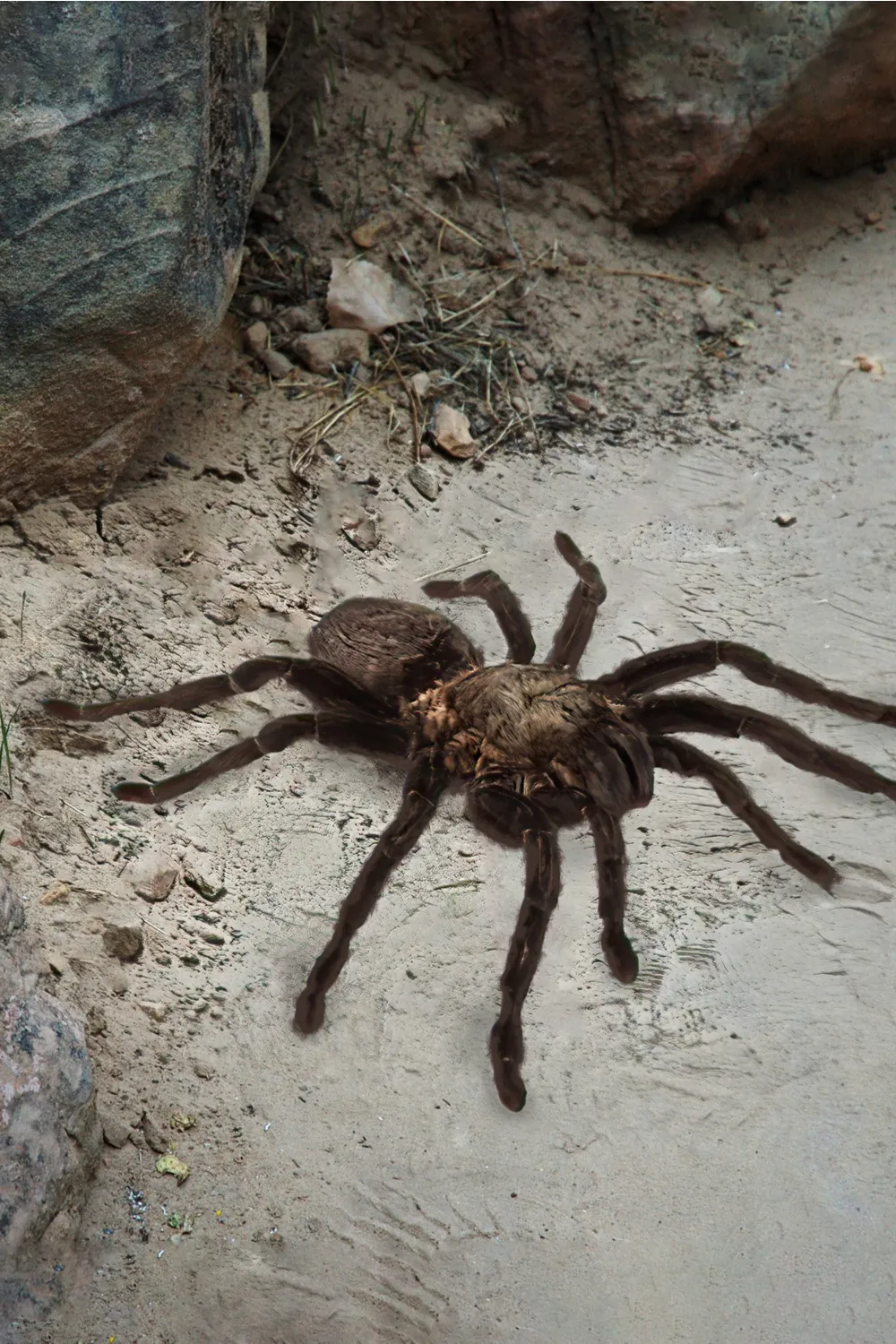
A tarantula is a large, hairy spider belonging to the Theraphosidae family. They are known for their size, often reaching impressive leg spans. Tarantulas are not insects; they are arachnids, which means they have eight legs, unlike insects that have six. They are generally solitary creatures, preferring to live alone, and they are found in various habitats around the world. Different species exhibit unique characteristics in terms of color, size, and behavior. Their presence in the pet trade has grown, making it essential to understand their needs.
Tarantula Species
There are hundreds of tarantula species, each with its own unique characteristics. Some popular pet species include the Chilean rose hair tarantula (Grammostola rosea), known for its docile temperament, and the Mexican red knee tarantula (Brachypelma hamorii), famous for its vibrant colors. Other species like the Gooty sapphire (Poecilotheria metallica) exhibit more arboreal habits. Researching the specific species you are considering is crucial, as their needs (including temperature, humidity, and substrate) can vary significantly.
Tarantula Habitat
Creating the right habitat is paramount to a tarantula’s health and well-being. This involves replicating the natural environment as closely as possible. The enclosure should be appropriately sized for the tarantula species, providing enough space for movement and the creation of a burrow or hiding place. The substrate, which forms the base of the enclosure, should be chosen based on the tarantula’s natural habitat. Proper temperature and humidity levels are also essential, often requiring the use of heat lamps, thermometers, and hygrometers to monitor the environment.
Natural Habitat
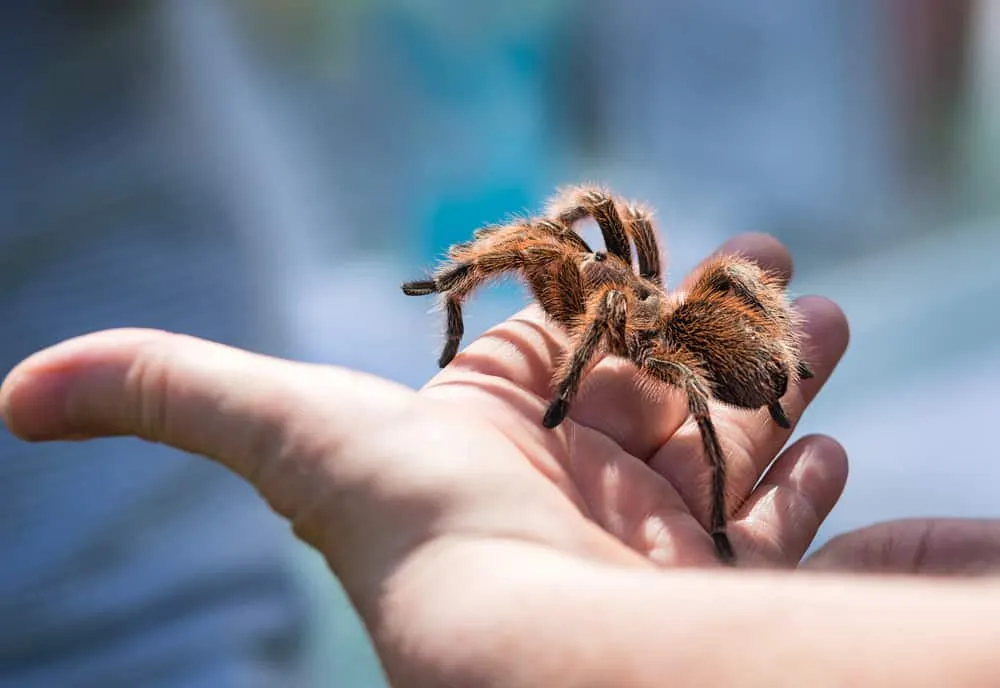
Tarantulas are found in diverse habitats across the globe, including tropical rainforests, deserts, and grasslands. Some species are terrestrial, meaning they live on the ground, while others are arboreal, dwelling in trees. Terrestrial tarantulas often burrow, creating underground retreats. Arboreal species typically live in crevices, under bark, or in silk-lined nests. Understanding the natural habitat of your tarantula species will inform the creation of an appropriate enclosure. For instance, a desert species will require a drier environment than a rainforest species.
Creating a Suitable Enclosure
A well-designed enclosure is vital for a tarantula’s well-being. The enclosure should be made of glass or plastic with a secure, well-ventilated lid. The size should be appropriate for the tarantula’s size and species; a general rule is to provide a space that is at least twice the tarantula’s leg span in width. The substrate is crucial for burrowing and maintaining humidity. Popular choices include coconut fiber, peat moss, and vermiculite. Include hides such as cork bark or artificial plants to provide security. Temperature and humidity must be carefully monitored and maintained using heat lamps, water dishes, and hygrometers.
Tarantula Care
Providing proper care is fundamental to ensuring your tarantula thrives. This includes regular feeding, providing fresh water, and maintaining the appropriate environmental conditions. Tarantulas are relatively low-maintenance pets, but their specific needs must be met to keep them healthy. This section will cover key aspects of tarantula care, including diet, hydration, and shedding, offering insights into the daily requirements of these unique creatures.
Feeding Your Tarantula
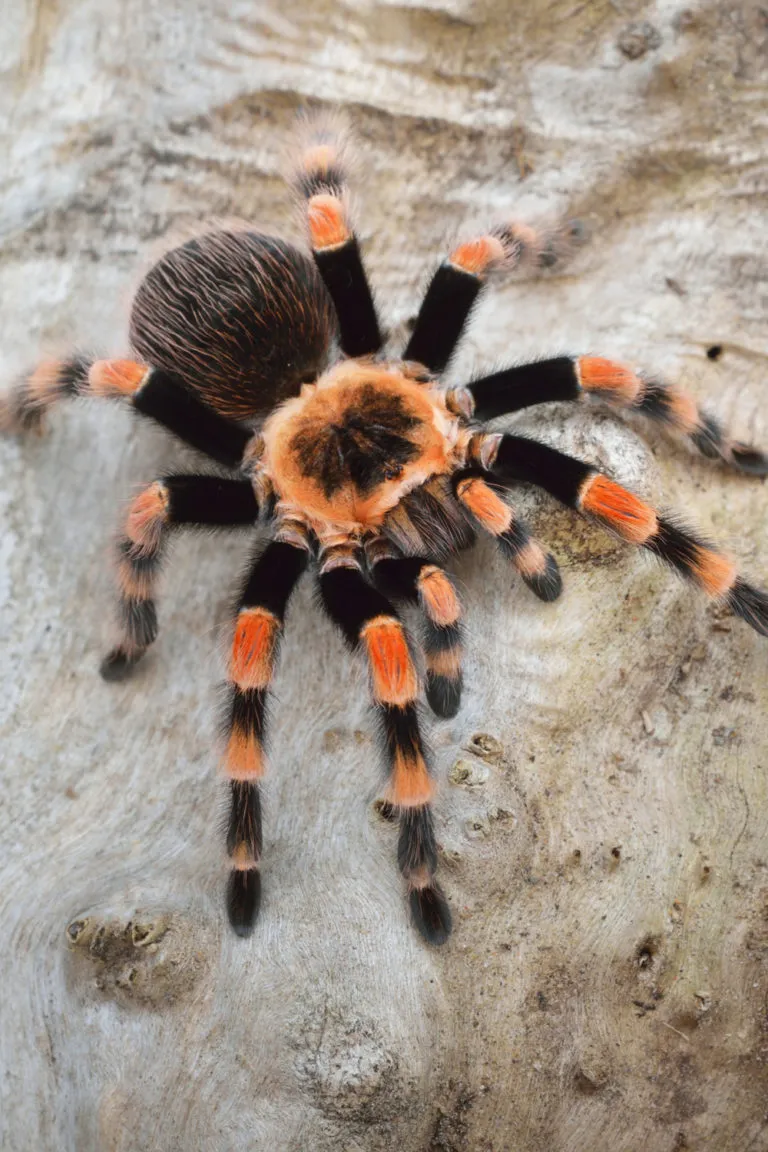
Feeding your tarantula is a crucial aspect of their care. They are primarily insectivores, meaning they eat insects. The diet should be varied and appropriate for the tarantula’s size. Overfeeding can be detrimental to their health, and the frequency of feeding depends on the tarantula’s age, size, and species. Always ensure the food items are pesticide-free and provide the necessary nutrients. Crickets, mealworms, and roaches are common food items. It is important to remove any uneaten food within 24 hours to prevent mold and mites from developing.
Types of Food
Tarantulas primarily eat insects. Common food items include crickets, mealworms, superworms, and roaches (dubia roaches are a popular choice). The choice of food depends on the size of your tarantula. For smaller tarantulas (spiderlings), flightless fruit flies or small crickets are appropriate. As they grow, the size of the prey should be increased. It is important to gut-load the insects (feeding them nutritious food) before offering them to your tarantula, as this increases the nutritional value of the meal. Avoid feeding wild-caught insects due to potential exposure to pesticides or parasites.
Feeding Frequency
The frequency of feeding depends on the tarantula’s age and size. Spiderlings (young tarantulas) should be fed more frequently, usually 2-3 times a week, while adult tarantulas can be fed less often, such as once a week or even less. Observe your tarantula’s abdomen to determine if it is well-fed. A full abdomen is a sign that the tarantula has eaten enough. Avoid overfeeding, as it can lead to health problems. Adjust feeding frequency based on the tarantula’s species, age, and activity level. Always remove uneaten food within 24 hours.
Water and Hydration
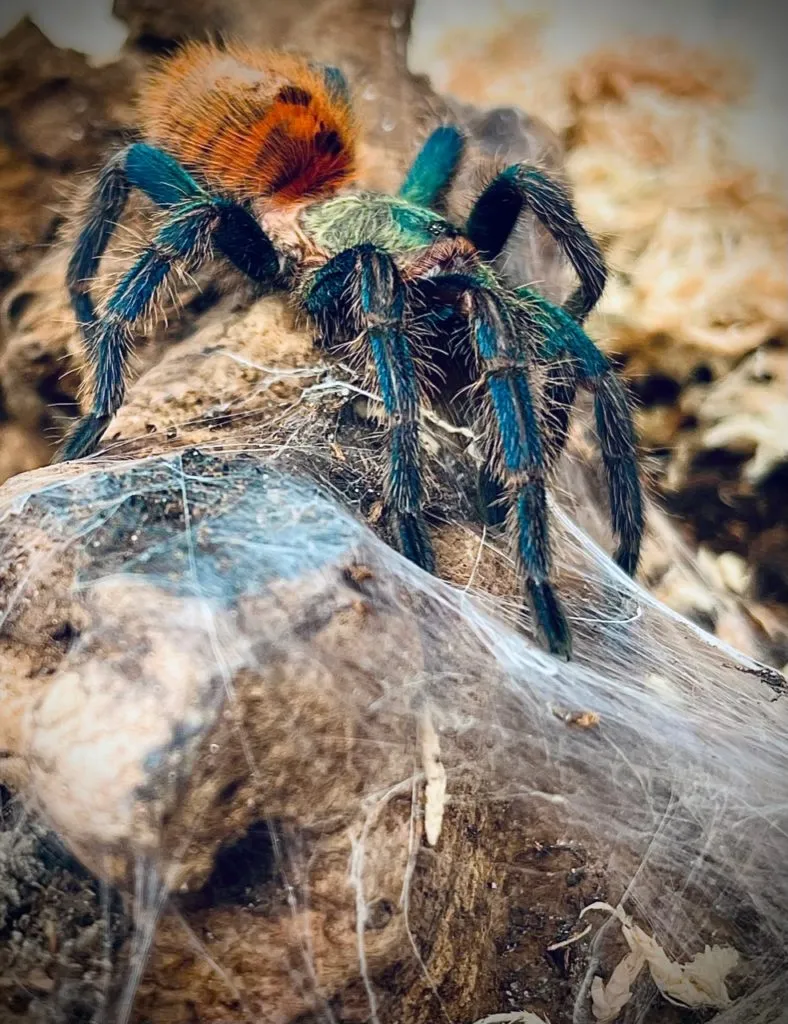
Water is essential for all tarantulas. While they obtain some moisture from their food, they need a consistent source of fresh water. Providing access to water is crucial for maintaining proper hydration, which is vital for their overall health, molting process, and survival. The methods for providing water can vary, but the aim is to ensure the tarantula can easily access it without risk. This section explores the best ways to ensure your tarantula stays hydrated.
Misting and Water Dishes
Providing water is critical. For terrestrial tarantulas, a shallow water dish is ideal. Ensure the water dish is small enough to prevent the tarantula from drowning. For smaller tarantulas, use a bottle cap or a similar shallow container. Arboreal tarantulas may drink from droplets on the enclosure walls, so misting the enclosure lightly with water can be beneficial. However, be careful not to over-mist, as this can lead to excessive humidity and mold growth. Always use dechlorinated water or bottled water to prevent exposure to harmful chemicals.
Shedding and Molting
Molting is a natural process in which tarantulas shed their exoskeleton to grow. This is a crucial process for their growth and overall health. During molting, the tarantula creates a new exoskeleton underneath its old one. This process can be stressful, and it is important to provide a safe and stable environment. Understanding the signs of molting, and what to do (and not do) during the molting process, is essential for any tarantula keeper. It’s a vulnerable time for the tarantula, and proper care can reduce stress and improve survival rates.
Signs of Molting
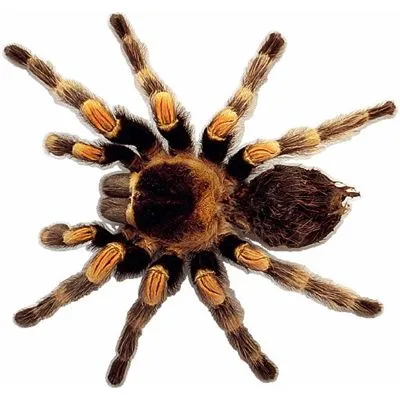
Several signs indicate that a tarantula is about to molt. These include a darkening of the abdomen, lethargy, loss of appetite, and the tarantula spending more time in its hide. Sometimes, they will spin a web mat, where they will lie on their backs and molt. You may also notice that the tarantula’s abdomen looks swollen. It is important to avoid disturbing the tarantula during the molting process. Do not feed them during this period, as they are unable to eat, and remove any uneaten food items.
Handling and Interaction
While tarantulas are fascinating creatures, it’s important to approach handling with caution. Some species are more docile than others, but all tarantulas have the potential to bite. Bites are rarely life-threatening to humans but can be painful and cause localized symptoms. Handling can also stress the tarantula, potentially leading to defensive behaviors. Assessing the species and understanding your tarantula’s personality is essential. Always prioritize the tarantula’s well-being and safety, and avoid handling if you are unsure. It’s best to admire these creatures from a distance.
When to Avoid Handling
There are several times when handling a tarantula should be avoided. These include shortly after molting, as their new exoskeleton is soft and vulnerable. Avoid handling during feeding. Never handle a tarantula if you are unsure of its temperament or if it appears agitated. It is always better to err on the side of caution. It’s also essential to avoid handling if you or the tarantula are stressed or if the environment is not conducive to safe handling, which will reduce stress for both the owner and the tarantula.
Health and Safety
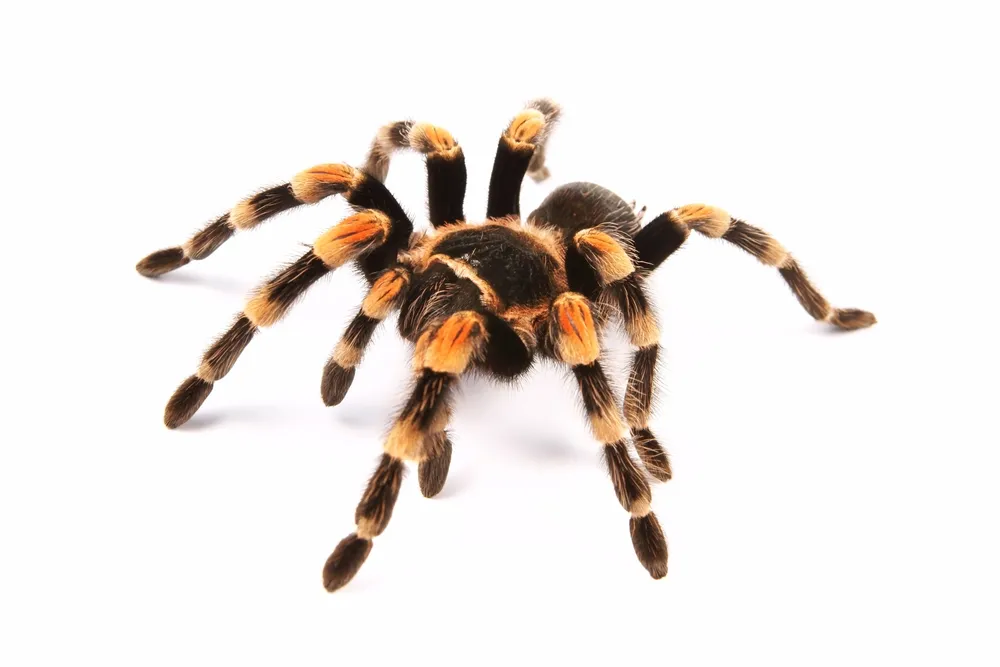
Like any pet, tarantulas can be susceptible to certain health issues. Understanding these potential problems and implementing preventative measures is crucial. Common health concerns include parasitic infections, fungal infections, and injuries. Regularly inspecting your tarantula, monitoring its behavior, and maintaining the appropriate environment will help to minimize health risks. It’s also wise to know how to find a vet experienced in treating arachnids, in case an issue arises.
Common Tarantula Illnesses
Tarantulas can suffer from various health problems. Some of the most common illnesses include mites, fungal infections, and injuries. Mites can infest the tarantula and its enclosure, leading to irritation and potential secondary infections. Fungal infections can develop in humid environments. Injuries can occur from falls or from interactions with prey. Regularly inspecting your tarantula for any signs of illness, such as unusual behavior, loss of appetite, or visible parasites, is essential for early detection and treatment.
Preventative Measures
Preventative measures are key to maintaining a healthy tarantula. These include maintaining a clean enclosure, providing proper ventilation, and ensuring appropriate temperature and humidity levels. Quarantine new tarantulas before introducing them to existing ones. Use pesticide-free substrates and food sources. Regularly inspect your tarantula for signs of illness or parasites. If you suspect a health problem, consult a veterinarian experienced with arachnids promptly. Proper care and maintenance will greatly reduce the risk of illness.
Finding a Veterinarian
Finding a veterinarian experienced in treating tarantulas is essential. Not all veterinarians have experience with exotic animals, so it is important to research and find one with the necessary knowledge. Search online directories for exotic animal veterinarians in your area. Ask local pet stores or tarantula keepers for recommendations. Prepare for the consultation by gathering information about your tarantula’s species, age, and any symptoms it is experiencing. Having a trusted veterinarian can make a significant difference in the health and longevity of your pet tarantula.
